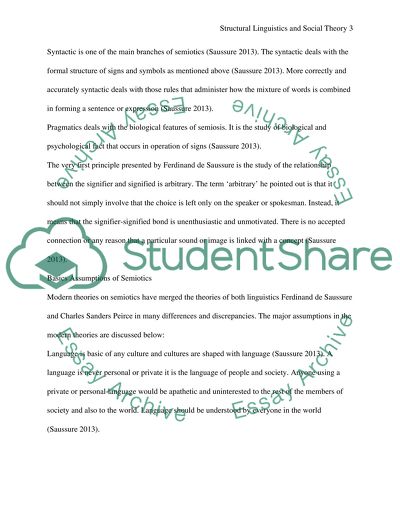Cite this document
(“Outline and critically appraise the influence of structural Assignment”, n.d.)
Retrieved from https://studentshare.org/sociology/1673723-outline-and-critically-appraise-the-influence-of-structural-linguistics-on-late-modern-social-theory
Retrieved from https://studentshare.org/sociology/1673723-outline-and-critically-appraise-the-influence-of-structural-linguistics-on-late-modern-social-theory
(Outline and Critically Appraise the Influence of Structural Assignment)
https://studentshare.org/sociology/1673723-outline-and-critically-appraise-the-influence-of-structural-linguistics-on-late-modern-social-theory.
https://studentshare.org/sociology/1673723-outline-and-critically-appraise-the-influence-of-structural-linguistics-on-late-modern-social-theory.
“Outline and Critically Appraise the Influence of Structural Assignment”, n.d. https://studentshare.org/sociology/1673723-outline-and-critically-appraise-the-influence-of-structural-linguistics-on-late-modern-social-theory.


